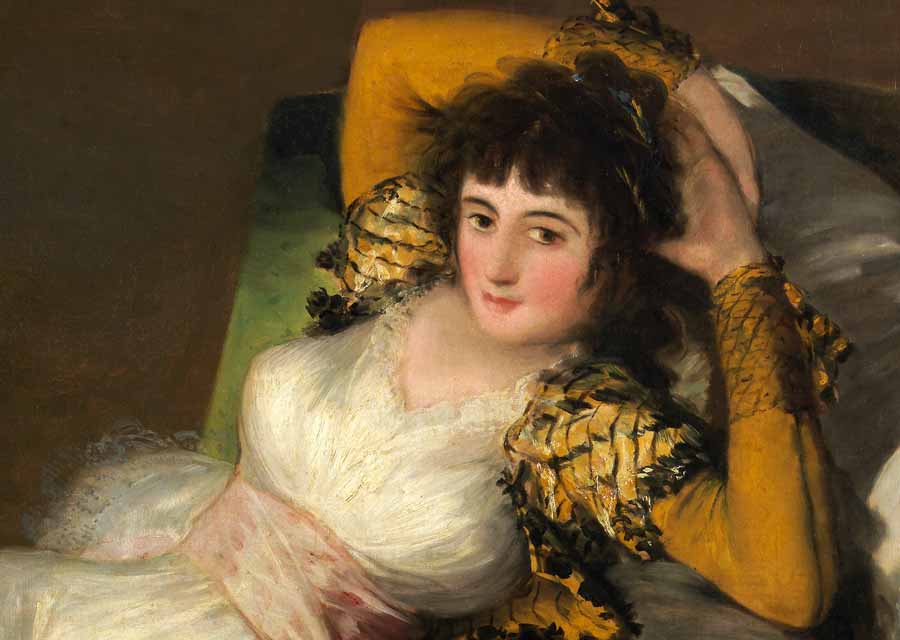
La maja vestida. Goya
His date of birth was on March 30, 1746, and he died on April 16, 1828, in Bordeaux, France. He is famously and widely described as "one of the last Old Masters" and one of the "first modern artists". His studies in art began as early as 14 years old and he learned from Baroque artists like José Luzán and Anton Raphael Mengs.
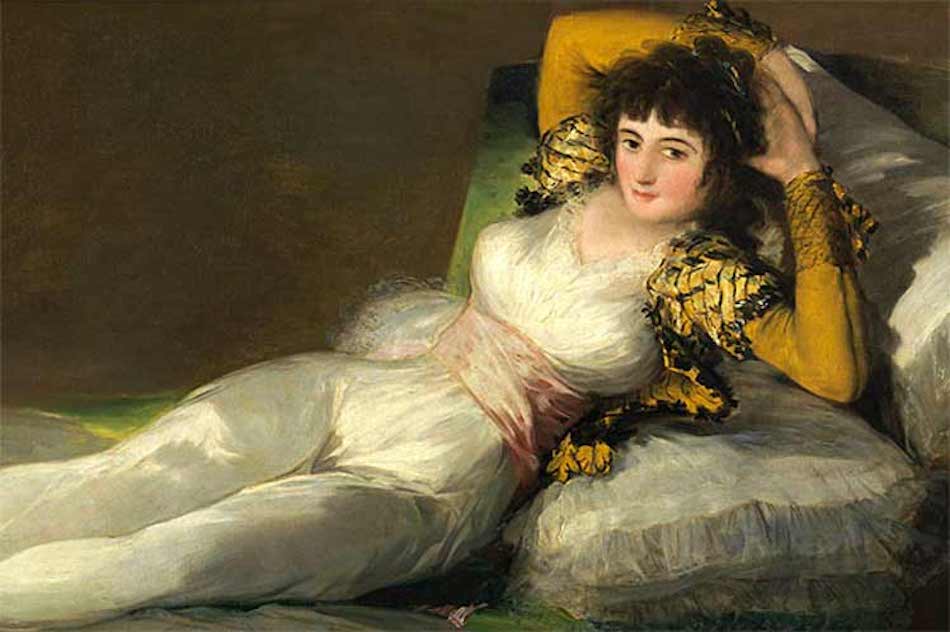
Museo en Suiza acogerá muestra sobre artista Francisco de Goya
Scott#399. The Naked Maja ( Spanish: La maja desnuda) is a philatelic name for three postage stamps of Spain of 1930 depicting the La maja desnuda painting (1800) by Francisco de Goya (1746-1828). [1] They are part of a set marking the anniversary of the death of this Spanish artist, and are considered the world's first postage stamp with nudes.
:format(jpeg):mode_rgb():quality(90)/discogs-images/R-10443398-1497548953-6053.jpeg.jpg)
Los Mayas Takin' Names / La Maya De Goya Discogs
Majas on a Balcony (Spanish: Las majas en el balcón) is an oil painting by Francisco Goya, completed between 1808 and 1814, while Spain was engaged in the state of conflict after the invasion of Napoleon's French forces. The painting in the collection of Edmond de Rothschild in Switzerland is thought to be the original.
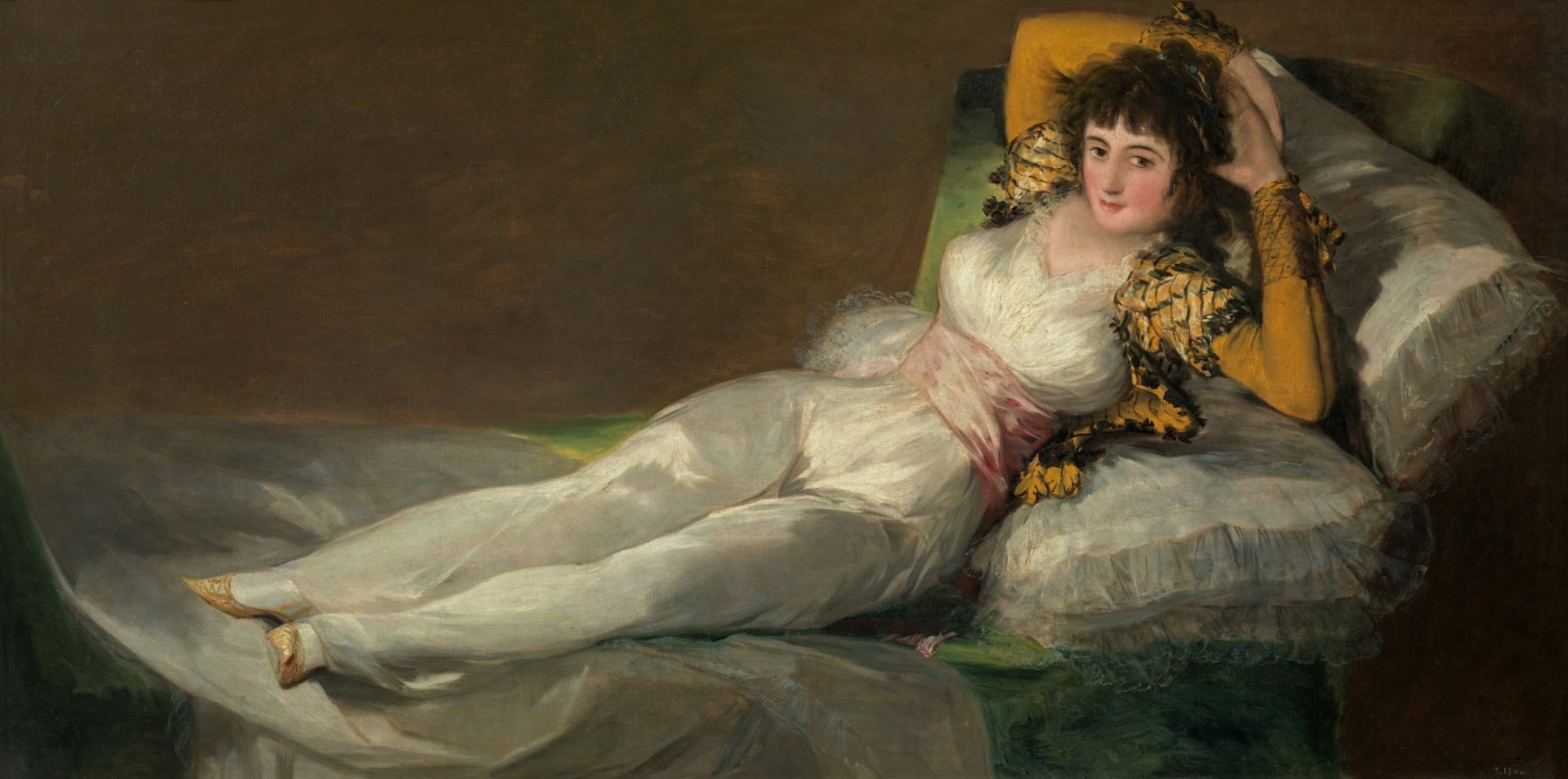
Francisco Goya, vita e opere del grande pittore spagnolo del SetteOttocento
La maja vestida (English translation: The Clothed Maja) is an oil painting on canvas created between 1800 and 1807 by the Spanish Romantic painter and printmaker Francisco Goya. It is a clothed version of the earlier La maja desnuda, which was created between 1795 and 1800.

La Maja De Goya by Enrique Granados Solo Guitar Guitar Instructor
Majas on a Balcony Attributed to Goya (Francisco de Goya y Lucientes) Spanish ca. 1800-1810 On view at The Met Fifth Avenue in Gallery 641 The women known as majas visually distinguished themselves through opulent, exaggerated traditional dress that became synonymous with Spanish popular culture.

Goya El Tres de Mayo Prado
Surnommée « La Gitane », puis « Maja » (une belle femme de la classe populaire espagnole), la séductrice n'a toujours pas été identifiée. Longtemps, les experts ont penché pour la treizième duchesse d'Albe, María Cayetana de Silva (1762-1802), maîtresse de Goya et dont Godoy avait hérité des tableaux en 1802.

Pin on Francisco de GOYA
"Compare this [Dedicatoria] with the following piece Tonadilla: La maja de Goya from his [Granados'] mature years and one is immediately struck by the essent.
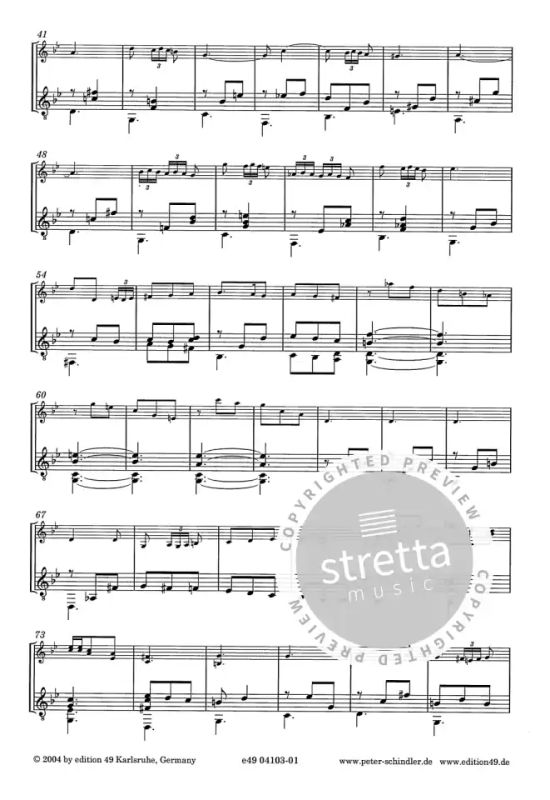
La Maya de Goya from Enrique Granados buy now in the Stretta sheet music shop
The Naked Maja, oil painting created about 1795-1800 by influential Spanish artist Francisco Goya. This famously controversial painting, known in Spanish as La maja desnuda, is considered one of the artist's masterpieces. It is likely that Goya painted The Naked Maja for Manuel de Godoy, nobleman and prime minister of Spain.
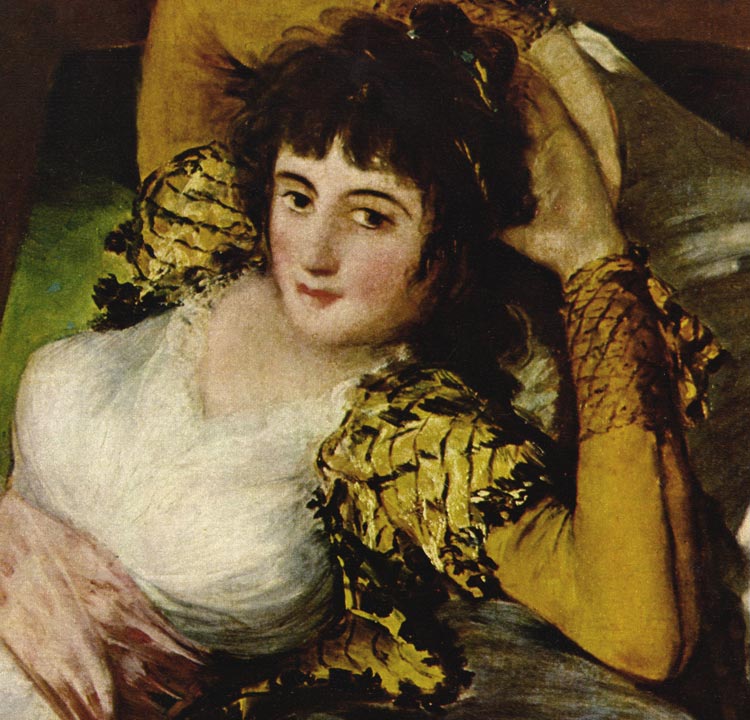
Francisco de Goya La maja, 18201823 Tutt'Art Pittura * Scultura * Poesia * Musica
La maja desnuda. 1795 - 1800. Óleo sobre lienzo, 97,3 x 190,6 cm. Sala 038. Sigue la tipología tradicional de la diosa Venus tendida sobre el lecho. La primera mención de esta obra data de noviembre de 1800, en la descripción del palacio de Godoy del grabador Pedro González de Sepúlveda, durante la visita que hizo en compañía de Juan.

Enrique Granados La Maya de Goya YouTube
La Maja de Goya Sheet music for Guitar (Solo) | Musescore.com New Year means new discount: Get 90% OFF 03d: 02h: 16m: 38s View offer 00:00 / 02:48 Off 100% F, d Happy New Year 90% OFF Play the music you love without limits for just $7.99 $0.77/week. 12 months at $39.99 View Official Scores licensed from print music publishers

pinturamadrid francisco de goya la duquesa de alba 179697
Set in the Prado museum, Segovia interprets a tonadilla by the Spanish composer Enrique Granados based on F. Goya's painings, "La maja desnuda" and "La maja.
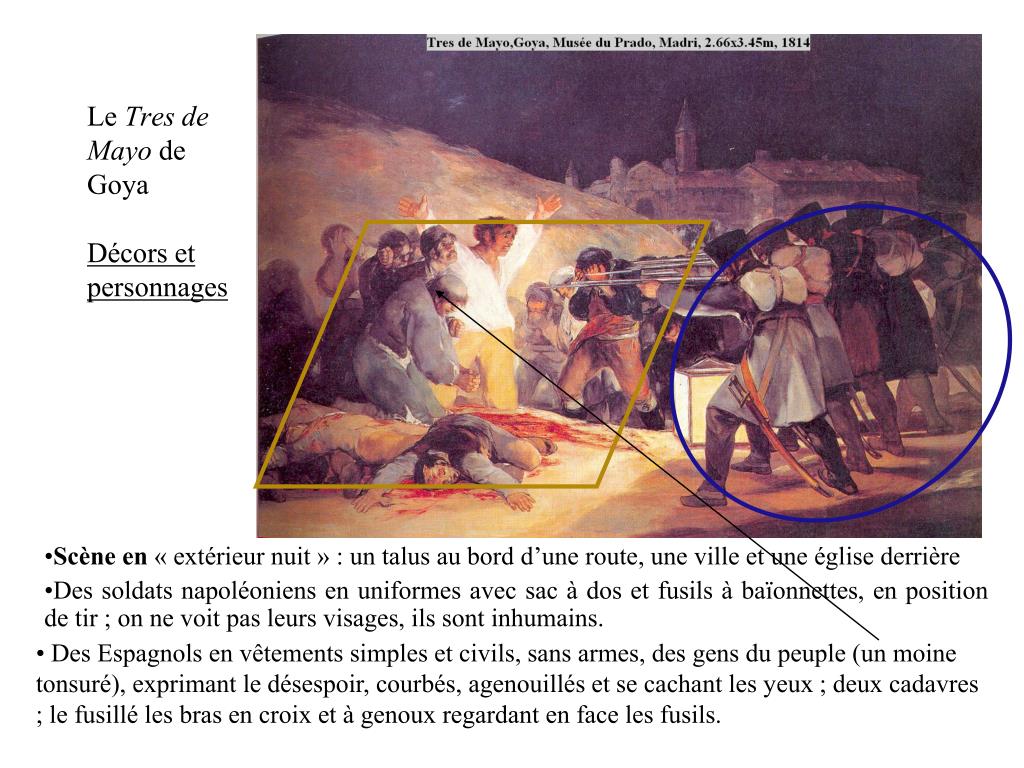
PPT Le Tres de Mayo de Goya PowerPoint Presentation, free download ID5244569
The Clothed Maja (Spanish: La maja vestida [la ˈmaxa βesˈtiða]) is a pendant painting by the Spanish painter Francisco de Goya between 1800 and 1805. It is a clothed version of the earlier La maja desnuda (1797-1800) and is exhibited next to it in the same room at the Prado Museum in Madrid.
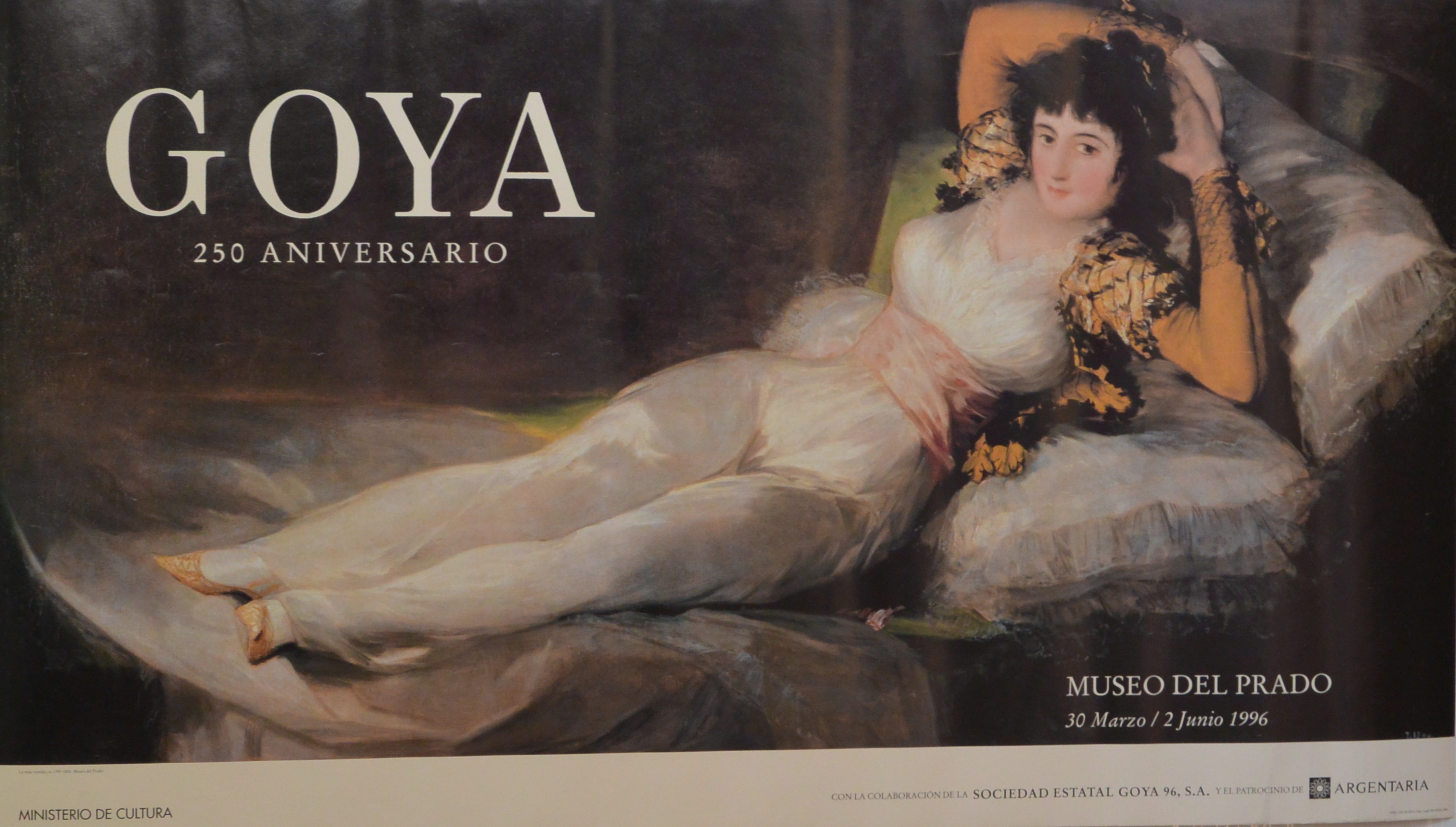
Francisco de Goya, "Maja vestida", cartel original exposición en el Museo del Prado en 1.996
The Second of May 1808, by Goya, also known as The Charge of the Mamelukes (Spanish: El 2 de mayo de 1808 en Madrid, La lucha con los mamelucos or La carga de los mamelucos), is a painting by the Spanish painter Francisco Goya.It is a companion to the painting The Third of May 1808 and is set in the Calle de Alcalá near Puerta del Sol, Madrid, during the Dos de Mayo Uprising.

45cat Los Mayas Takin' Names (Quand Il Faut S'en Aller) / La Maya De Goya Palette
The Naked Maja or The Nude Maja [1] ( Spanish: La maja desnuda [la ˈmaxa ðesˈnuða]) is an oil-on-canvas painting made around 1797-1800 by the Spanish artist Francisco de Goya, and is now in the Museo del Prado in Madrid.

Maria Arte Los fusilamientos de la Moncloa, Goya
Gorgeous La Maja de Goya (The woman of Goya) by Spanish pianist and composer Enrique Granados refers to two of Francisco Goya's most well-known paintings - La maja desnuda and La maja vestida (the naked and clothed maja). Transcribed for classical guitar by Migue Llobet suits the instrument so well, that we can sometimes tend to forget that.

The Clothed Maja By Francisco Jose De Goya Y Lucientes Reproduction from Cutler Miles.
Email: [email protected] / Phone: +44 7429 011000. Goya painted The Clothed Maja, also referred to as La maja vestida between 1800 and 1805. This painting is based upon his earlier painting, La maja desnuda that he painted during 1797 - 1800, in this painting Maja is nude. Today both paintings sit side by side in the esteemed Prado Museum.